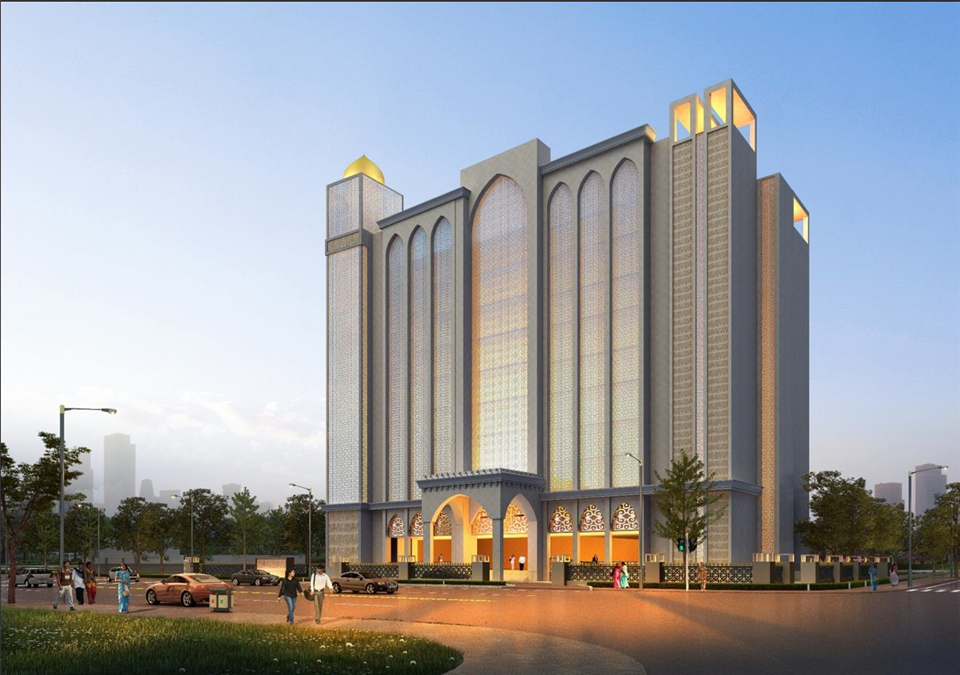
The rules state: ‘we must provide a drencher system in closed structure spaces like basements, parking, podiums, etc.’
The conventional method of switching on the drencher system is by providing the deluge valve and dry pilot line with sprinklers along the water curtain. In case of a fire, the sprinklers of the pilot line in that area burst and the pneumatic pressure inside the pipe drops, which activates the deluge valve.
Now, there are two options: we can either provide a deluge valve for each zone or we can install a centralize deluge valve in a plant room.
Drawbacks:
1) A central zone deluge valve activates every area whenever a fire is detected, which results in wastage of water and the mess created is inconvenient to everyone
2) A deluge valve in every zone is very costly
3) There is an additional cost for dry pilot lines and sprinklers
4) Requires dedicated mounting space
Superior option developed by Urja in terms of economization, maintenance, and space utilization
We have developed a concept of activation of the drencher system through FAPA system.
In this system, we propose the use of an actuator type 'Butterfly valve' (which will be in closed condition) with a control module on the header of each zone. The automatic smoke detection devices in that area detects the fire and gives a signal to the FAPA panel, which signals the control module of the butterfly valve, activating it and causing the water to flow in the pipes.
Advantages:
1) Low in cost as compared to deluge valve
2) Less space required for mounting
3) Ease in maintenance
4) Saves water when compared to the zonal activation method